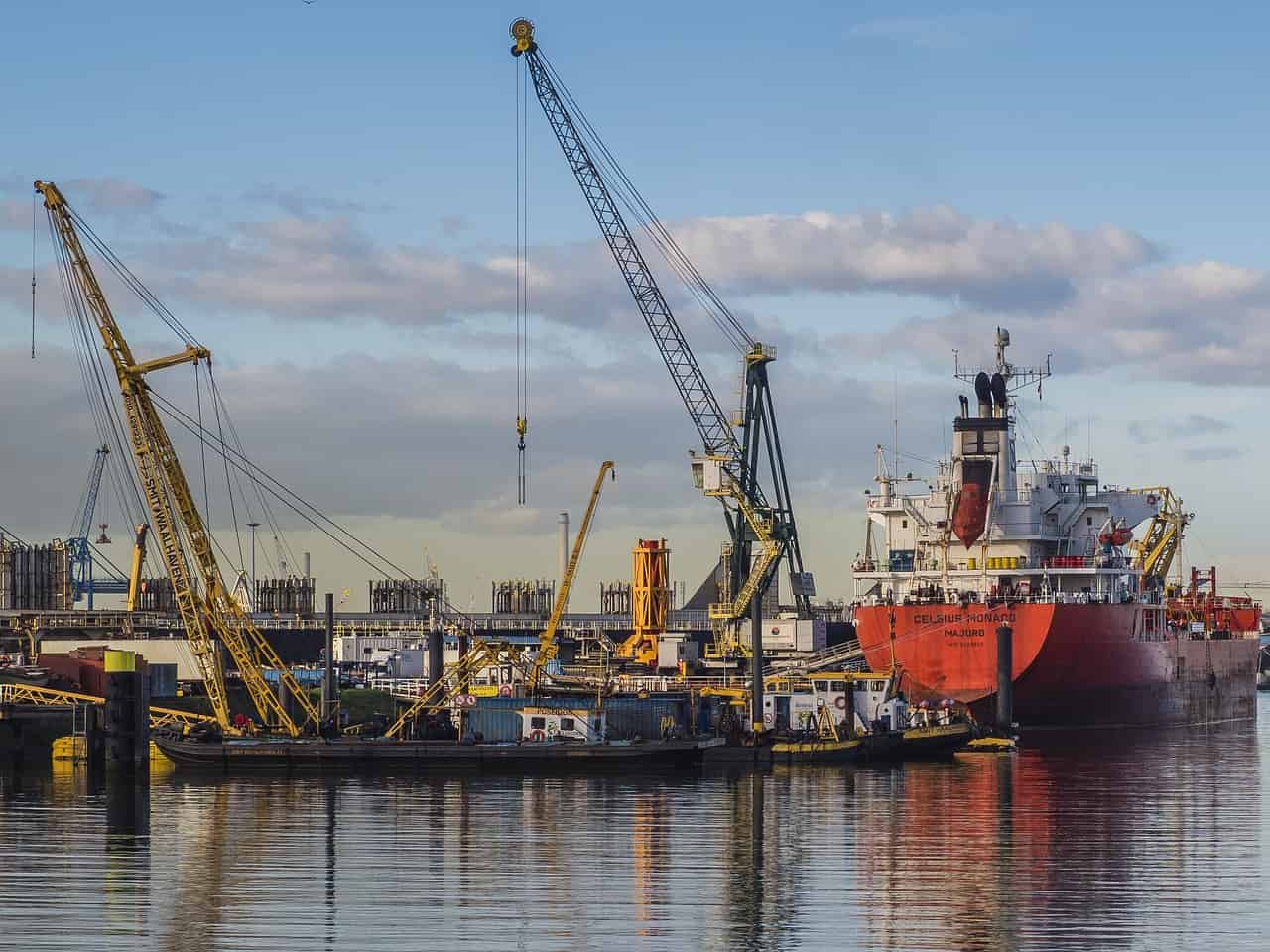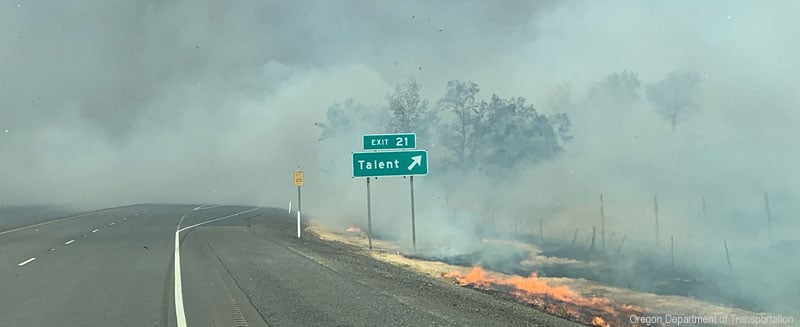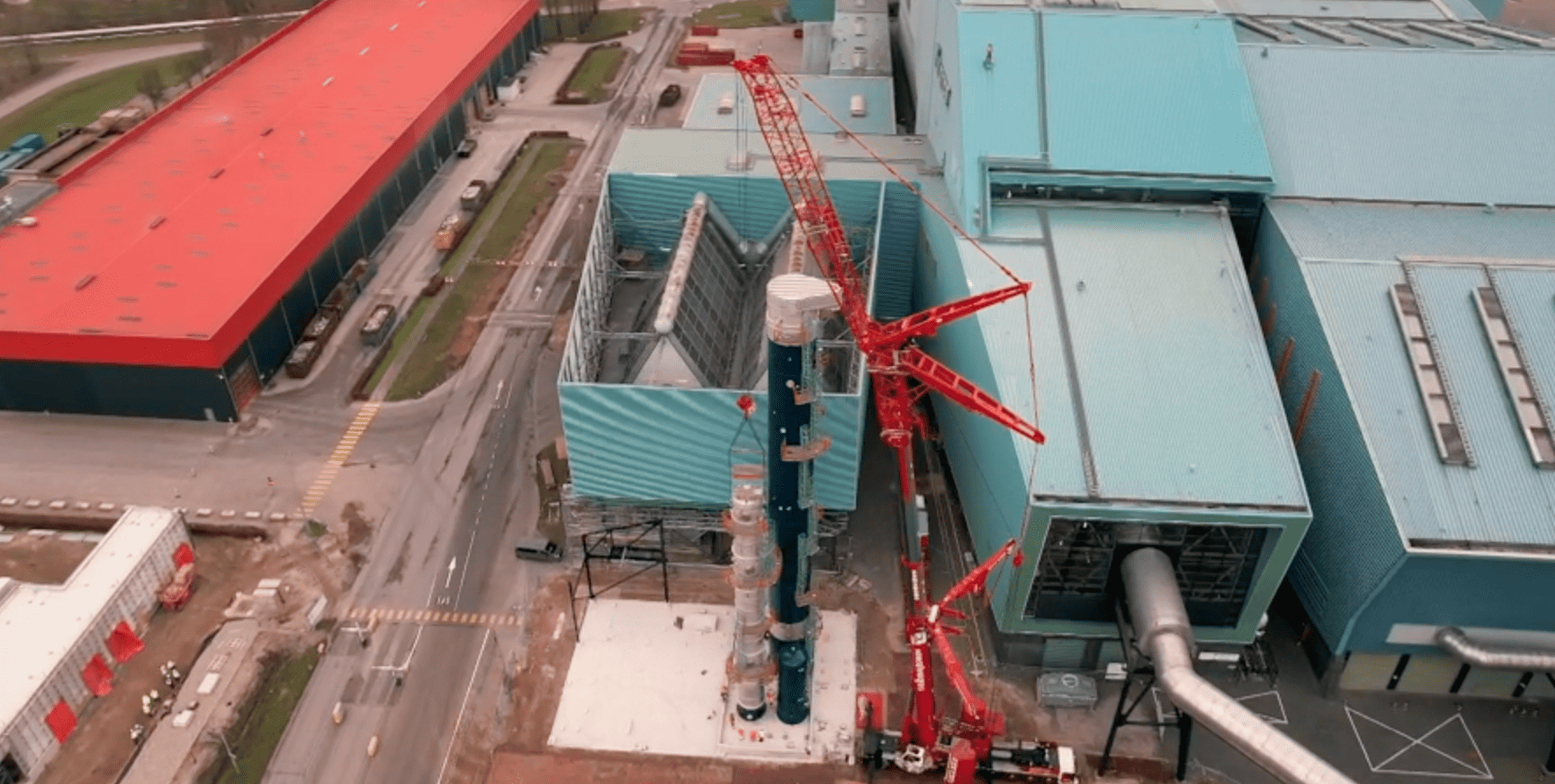
In 2016, 191 countries agreed in the Paris Climate Agreement to reduce global warming to a maximum of 1.5°C in the long term. To achieve this goal, the atmosphere would first have to be cleansed of carbon dioxide (CO2) to achieve so-called negative emissions. But the main question here is how these negative emissions can be realised quickly and with technically reliable technologies that are both cost-effective and sustainable and publicly acceptable.
One promising possibility would be to strengthen plants and soils in such a way that they remove more carbon from the atmosphere than they release. A team of international scientists, led by the Laboratoire des Sciences du Climat et de l’Environnement (LSCE) and involving several researchers from IIASA – the International Institute for Applied Systems Analysis – has been researching the use of finely ground silicate rock powder.
“Negative emission technology”
Using rock powder to improve the physical properties of soil such as water retention, drainage, aeration and structure is nothing new. But it has not yet been used to remove CO2 from the air. Researchers believe, however, that it could be done if the rock powder were incorporated into the soil over a large area.
This negative emission technology relies on the natural reaction of CO2 with rocks and minerals on the earth’s surface during the process of disintegration and weathering. For this purpose, silicate minerals are ground into a powder and scattered on the soil. There it reacts with the CO2 in the air and removes it from the atmosphere. Basalt is particularly suitable for this “abiotic carbon dioxide removal pathway.” First of all, it is an abundant rock resource, it is also highly weather-resistant and, according to the researchers, it also contains plant nutrients that are “of central importance for a second biological CO2 removal pathway.”
“In a variety of ecosystems, the sequestration of CO2 during photosynthesis by plants and its storage in biomass and soils is hindered by low soil fertility,” explains Sibel Eker, co-author and researcher at IIASA. “Spraying nutrient-deficient ecosystems with basalt powder which slowly releases nutrients as it weathers could theoretically remove nutrient limitations and promote carbon storage in the ecosystem.”
Potential greater than assumed
In their study, the scientists specifically investigated this possibility of CO2 sequestration on natural ecosystems with low fertility soils. To do this, they used “a comprehensive numerical model of the biosphere” to simulate the ability of rock powder to remove CO2 from the atmosphere. It turned out that up to 2.5 gigatonnes of CO2 could be removed per year. Of this, about 50% was due to the biosphere’s response to rock powder. Moreover, the greatest rates of CO2 removal were shown in regions previously thought to be unsuitable for rock powder.
“Our results make the global physical and economic CO2 removal potential of basalt much greater than previously thought,” stresses study co-author Michael Obersteiner, a senior researcher at IIASA and director of the Environmental Change Institute at Oxford University.
Also economically viable
To calculate the economic viability of the process, the researchers took into account information on rock powder production costs, transport and spreading. They also assumed that the rock powder would be sprayed with aeroplanes. In the end, it turned out that the cost would be about 150 US dollars per tonne of CO2 removed – lower than assumed.
But for a sufficiently high net CO2 removal to be achieved, the authors said basalt mining would have to be expanded. In addition, systems with a low carbon footprint, such as drones or airships, would have to be used in remote areas, and energy from low-carbon sources would also have to be used. The results of their study show that improving soils with basalt “should be considered an important option when assessing land management options to mitigate climate change.” But this would first require clarifying the possible side effects and the limited existing data regarding the use of rock powder on a field scale.
“Pilot studies should focus on degraded systems and reforestation projects to test for possible negative side effects,” says the study’s lead author, Daniel Goll, who collaborates with the University of Augsburg in Germany and LSCE in France. “If rock powder can improve CO2 removal in existing managed systems, it could help reduce pressure on natural ecosystems elsewhere.”
The researchers published the results of their study in the journal Nature Geoscience.
Also interesting:
How CO2 from atmospheric air is converted into a high-tech raw material
New high-efficiency engine points the way to CO2 climate targets
Artificial photosynthesis converts CO2 into eco-friendly fuel








